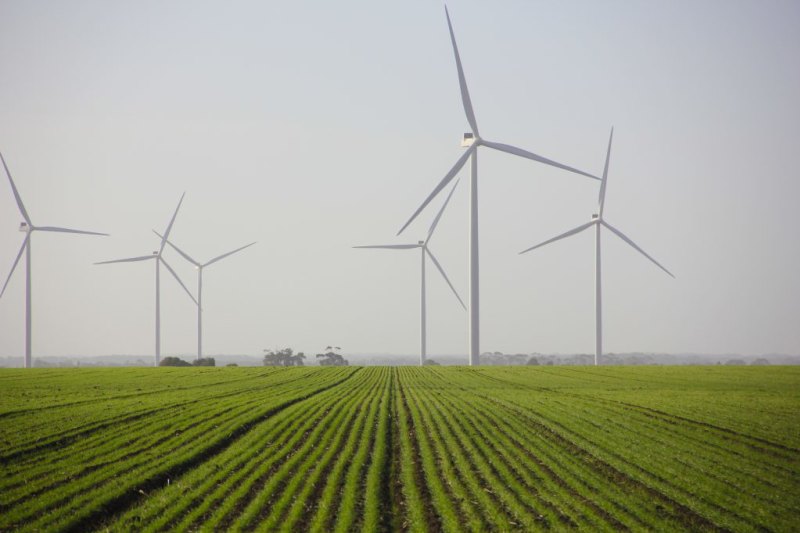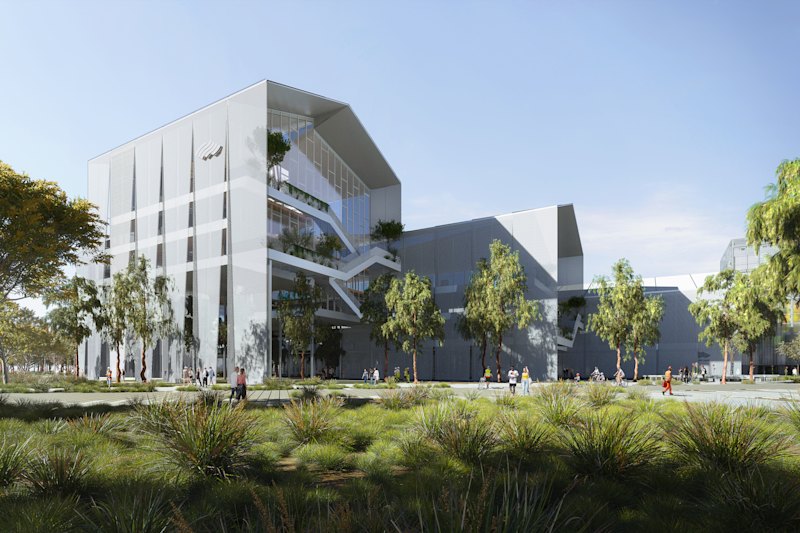
Press ‘go’ on the $20b boom in renewables development
Renewable energy development will hit $20 billion annually by 2026/27, making it the largest contributor to growth in the construction sector over the next three years, as the country races towards ambitious carbon targets and old coal-fired power stations close down quicker.
Renewable energy construction has already increased dramatically, from $4 billion in 2021, to around $10 billion in 2023, according to a report on the sector by forecasters Macromonitor.

Those figures are expressed in constant 2021/22 prices, so the increase is not inflated by the cost increases of recent years. The peak in renewable generation is forecast to reach $17 billion in 2026/27, or $20 billion if directly related transmission projects are also included.
“The additional $10 billion of real increase in renewables work over the next three years will far outstrip any other segment of building and construction in Australia,” Macromonitor economist, Abdul Hannan, said.
“The report notes that the drivers of this increase, at this point, are well known, and include ambitious government targets and coal power station closures, plus large potential for renewable energy exports as the global trend towards decarbonisation accelerates.”
Those forecasts coincide with a push by the Albanese government to transform Australia into a renewable energy superpower, powered by green hydrogen, critical minerals processing and green commodity exports.
While total construction in the renewables sector is expected to decline in the years following the peak in 2026/27, it will nevertheless remain at historically high levels. In 2027/28, the total value of work done is projected to stay around $15 billion (in constant 2021/22 prices), according to Macromonitor.

Driving the surge in construction activity are major projects such as the Asian Renewable Energy Hub in WA, the Marinus Link interconnector between Tasmania and Victoria, and the Star of the South offshore wind project in Victoria.
The Borumba Dam Pumped Hydro Project as well as the Pioneer-Burdekin Hydro Electric Scheme in Queensland will also help pump up the amount of work done in the sector.
More broadly, the ongoing decarbonisation of power generation is driving a concomitant uptick in renewables development: there are planned closures of a number of long-serving coal-fired power stations including Eraring in NSW next year, Western Australia’s Collie Power Station in 2027 and Yallourn in Victoria the following year.
“Coal retirements may occur faster than expected timelines due to declining attractiveness of ownership, driven by increased operating costs, diminished fuel security, high maintenance expenses, and intensified competition from renewables in the wholesale market,” the report noted.
“The coal closures create an imperative for greater investment in renewable electricity generation.”
An accompanying factor fuelling the upswing in renewables is Australia’s commitment to the net zero government initiative. The federal government has lifted the target to reduce emissions to 43 per cent by 2030, with 82 per cent of electricity in the National Electricity Market to be supplied from renewable sources and net-zero emissions by 2050.
“This commitment, along with forecasted reliability gaps as Australia moves away from its traditional dependency on coal generation, is expected to boost investment in the renewable energy sector,” the report said.
As well, the construction of large-scale battery storage is accelerating, and new transmission routes – such as the Hume Link, the SA-NSW Interconnector and the Marinus Link – along with grid improvements are being implemented to support the development of renewable energy zones across the country, it said.











